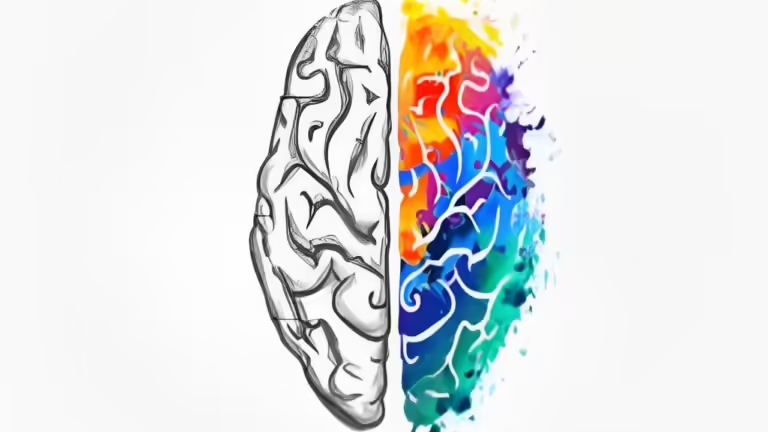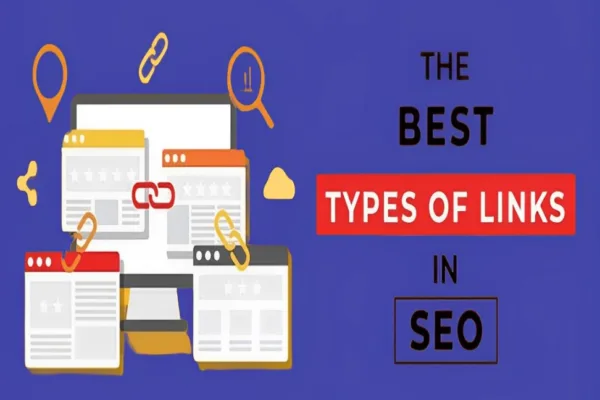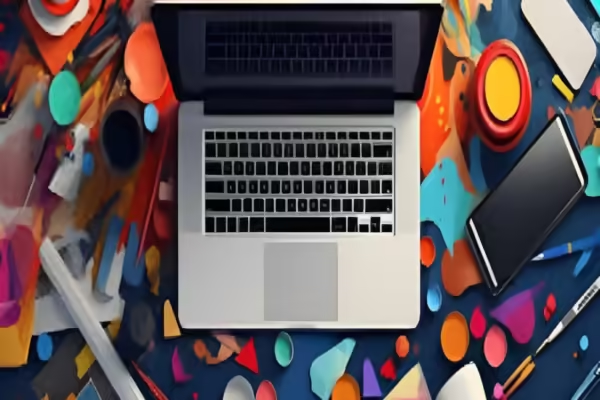While user experience refers to a person’s general interaction with a product or website, user interface in digital design refers to the interactivity, appearance, and feel of a product screen or web page. Continue reading to find how to come up with a memorable user experience and an engaging user interface.
What is UX Design?
User experience” is a term describing how a user interfaces with a product or service. The process of creating products or services that provide relevant experiences to users is what is defined as user experience design, or UX design. A thorough description, it encompasses many product development fields that range from branding to accessibility, function, and design.
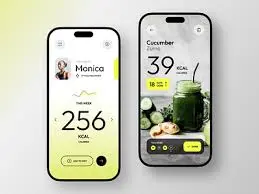
One way of going about UX design is considering the whole process or journey a user goes through while experiencing or interfacing with a product or service. Is it through websites, marketing, or some other way that the buyer first learns about the product or service? How is the customer interacting with the company? what does this user feel? All of these, and more questions, make for only some of the important factors in UX design.
The core responsibility of a UX designer is to ensure that each and every user is guaranteed to interact positively with any given product or service. The user should be satisfied—whether the interaction serves to answer a question, engage them, or help in searching for essential information.
What Is UI Design?
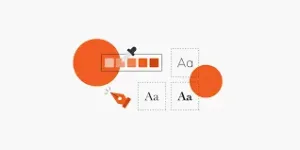
UI design is the actual user interface with which people interact—things like text, photos, sliders, buttons, and widgets. In actuality, UI designers look into each visual element, animation, or transition that would be used in a product to ensure a smooth user experience.
How Does it Work?
Though both do completely different things, UX and UI are important in the entire usability design process for any website or application.
These jobs involve complementary contributions to a satisfactory and easy-to-use user experience. The UI design, such as technical or aesthetic structure, works like the backbone of a website or application to the UX components, which include client-facing messaging and feel. Thus, the work by each profession complements that by its corresponding one in enhancing the final good or service to leave an indelible mark on the customers.
Differences Between UX and UI Design:

While UX and UI represent different components of the design of a product or service, sometimes they are mistaken with one another, given how closely UX and UI designers work together. Although there is considerable overlap between the two jobs, one needs to consider a number of important differences.
Feel vs Look:
While the roles are associated with different responsibilities in the development of a product, UX and UI design do go hand in hand. User interface, UI, design is concerned with what a product looks like; in other words, its interactive and visual elements enhance the user’s experience. On the other hand, UX design puts its focus on the aspects that would give users a relevant and meaningful experience and the general feel of the offered product or service.
High-Level vs Details:
Another difference is in the quantum of information that goes into the work of a UI versus a UX designer. A UI designer will work on the actual designing of individual pages, buttons, and interactions to ensure that it is well-designed and useful. Taking a high-level view on the product or service lets the UX designer ensure that the overall user flow is completely realized and consistent for the website, service, or app.
Design vs Prototyping:
While UI and UX designers might be involved in developing one project, their roles have different responsibilities and objectives. While UI designers work on completing a product and design to meet user interaction, most of the time UX designers design wireframes and testable prototypes that act as the backbone of a website or a service’s user flow.
What Does a UX Designer Do?
UX designers specifically concern themselves with strategies on the development, testing, implementation, and analysis of products and services, including their general designs.
Consumer Research:
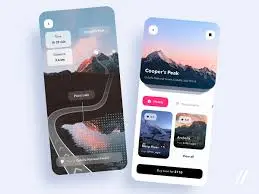
Research helps UX designers understand the troubles that users face and what a certain design can solve; hence, it is a driver for the best of UX designs. Product testing, focus groups, questionnaires, and other research techniques all link to UX research. The specific research methods to be used will be determined by what a company wants to achieve with a product or its users.
For example, although the quantitative data from the survey may inform an organization regarding perception or usage of a new feature or redesign, qualitative data from interviews may tell how customers feel about a product or a service. Conducting the appropriate type of research makes a huge difference in the performance of a product.
Common tasks for consumer research include:
Keeping the Research Tools Up to Date:
Setting up focus groups:
Analyzing data gathered through questionnaires and other surveys:
Content Strategy:
The planning, creation and deployment of content, it could consist of text, all the graphics and multimedia on a page or in an application are the primary objective of content strategy. Although a UX designer is not always responsible for content Strategy, more and more businesses are starting to place more value on focused on content design in an effort to provide a better user experience.
The activities for a UX content strategy include:
Analysis of customers:
Mapping and auditing of content:
Competitor analysis:

Analyzing and Coordinating:
Normally, a UX designer works with an integrated design team for designing any product or service for the firm. This includes the planning of the project, strategizing, executing and analyzing the project after its implementation. A UX designer has to spend a significant amount of time in planning future projects and also analyzing current designs, but most of his time is spent in tracking the performance of their designs.
The typical coordination and analysis roles are:
Design planning:
Design analysis and revisioning:
Goal and metric tracking:
What Does a UI Designer Do?
UI designers manage the details of an interface for a product or service. Designers fall into the position to select fonts, create visual components, and ensure that each piece of content, whether a page or a whole product, suits the goals of design. The general aesthetic and usability of a service or product are taken care of by the user interface—UI designers.
Developing and Maintaining Brand Identity:
For most modern organizations, creating a consistent visual brand identity is a requirement, and for usability, this actually falls under the remit of a UI design process. Any goods or other items that are part of a bigger brand and visibly cohesive are commonly left in the care of a UI designer.
Brand style guides are maintained by the following activities:
Development of brands’ style guides:
Guarding accessible design requirements:
Applying aesthetic of a brand uniformly on any service or product:
Interactive Design:
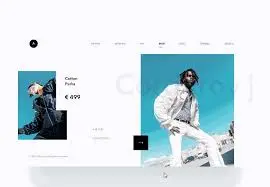
Most of the user interface designers also create and implement interactive features to a website or service. It can include animation along with other interactive elements.
For instance, a user interface designer will design an animation to run on a website when the user clicks a button.
Some of the interactive design tasks in the sphere of UI design include the following:
Designing animations for page elements:
Developing interactive components with images, whether it be videos or pictures:
Control over the flow of content as the user interacts with it:
Visual Design:
The different elements of a digital entity, for example, font, color, button design, other areas that help to make an interface powerful are designed and optimized by UI designers.
Building visual design tasks include the following:
Designing clickable elements like buttons:
Featuring color on a website or service’s elements and sections:
Responsive Design:

Nowadays, products and services must be accessible across laptops, desktops, tablets, and smartphones. How content can be created for viewing in the largest number of different types of devices is what is generally understood as responsive design. This is a very important aspect of web design, as websites should work and remain readable amid a myriad of screens, such as from 5-inch smartphones to 27-inch monitors.
They are involved in the tasks of responsive design, which include the following tasks.
-it creates flexible program or website layouts:
-developing vector sections which can be easily resized:
-uses style guides for responsive design:
Conclusion:
UX (User Experience) and UI (User Interface) design are among the vital factors used in enhancing interaction between the users and digital products or websites. UX focuses on user journey, satisfaction, and meaningful experiences while UI dwells on visual and interactive elements that deal with product interfaces.
The collaboration of a UX and UI designer is integral to delivering a seamless, delightful user experience. Both have obviously different roles, but both are crucial in terms of usability and success for a website or application. UX designers get involved in consumer research, content strategy, analysis, and ensuring the whole design answers the needs of its users. On the other hand, UI designers shape visual aspects, brand identity, interactive design, and responsive design to create an aesthetically-pleasingly functional interface.

